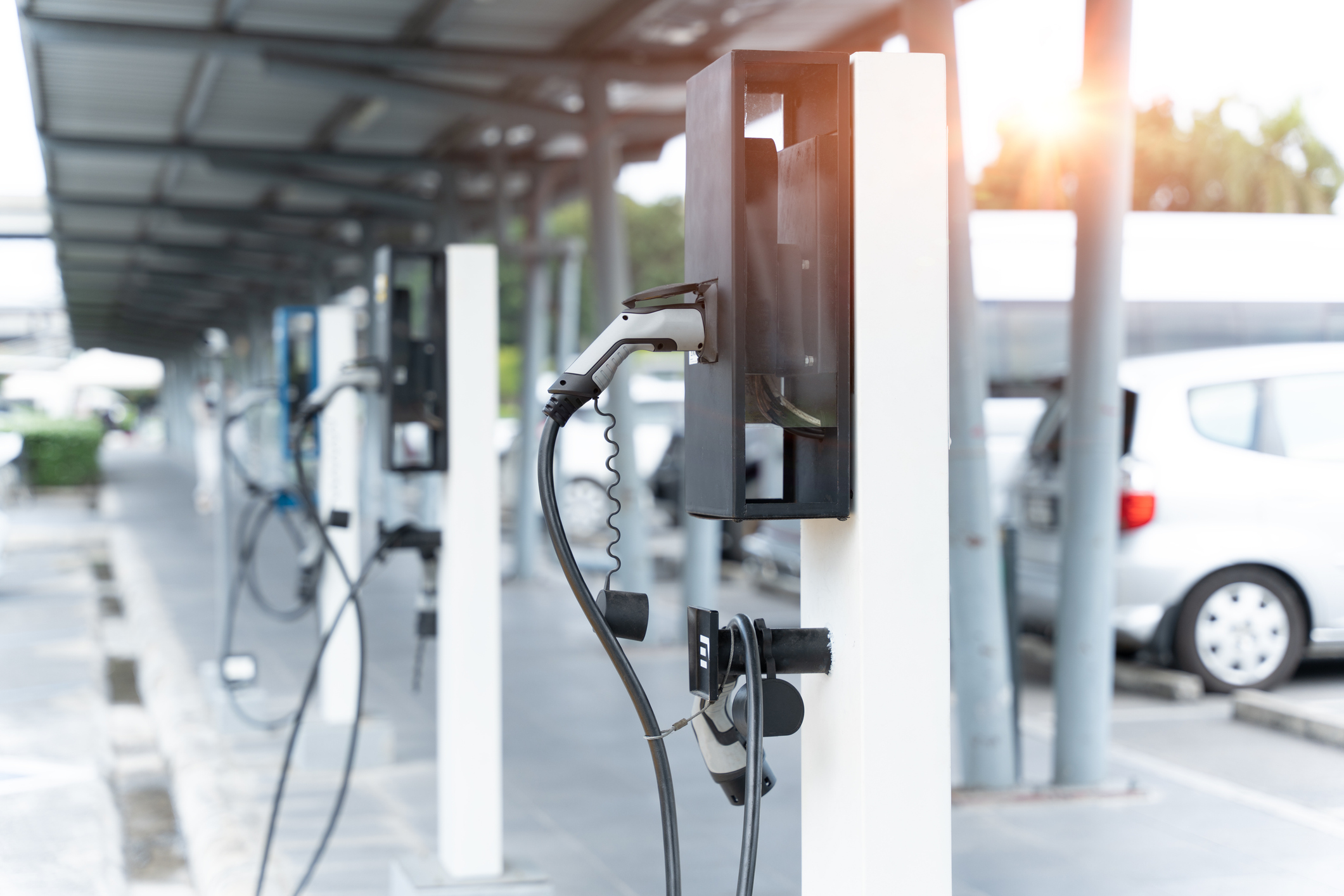Electric vehicles (EVs) have become an increasingly prominent feature of modern transportation, driven by the global push toward sustainability, reducing carbon emissions, and transitioning to greener energy sources. With advancements in battery technology and environmental policies supporting cleaner transportation options, the popularity of EVs has surged, making them an attractive alternative to traditional gasoline-powered vehicles. However, for EVs to fully penetrate the mainstream market, one critical factor must be addressed: the availability and efficiency of EV charging infrastructure.
EV charging infrastructure serves as the backbone of electric mobility, enabling drivers to power their vehicles conveniently and reliably. Without a robust and widespread network of charging stations, the growth and adoption of EVs face a significant roadblock. As the EV market expands, so too must the infrastructure that supports it, from fast-charging stations to home-based solutions and innovations in smart grid technology.
In this article, we will explore the current state of EV charging infrastructure, including the existing challenges and opportunities.
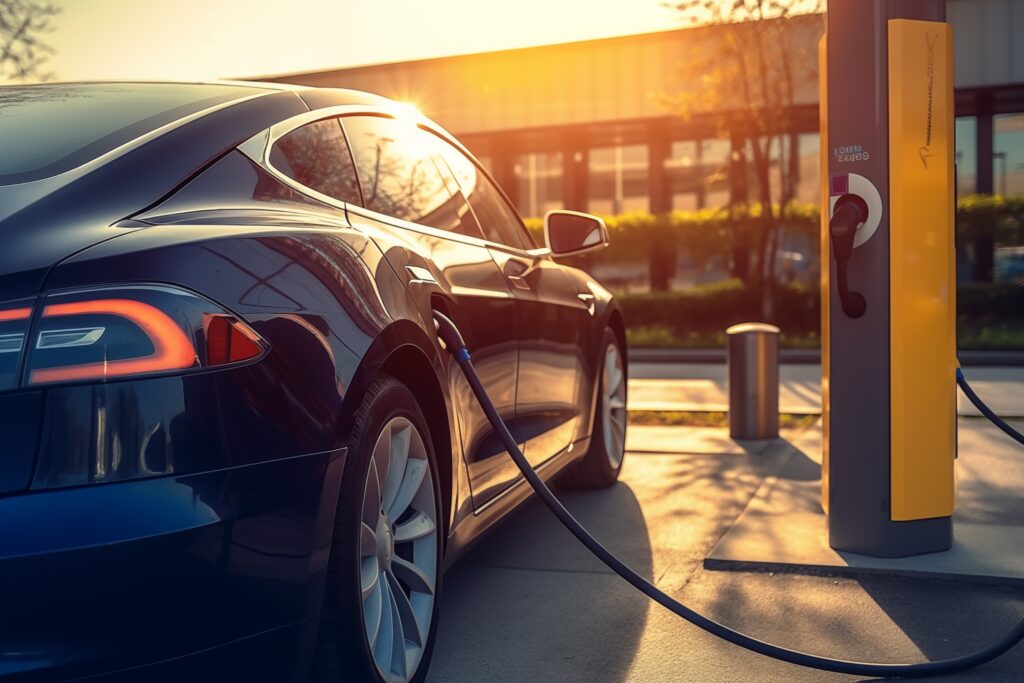
Current State of EV Charging Infrastructure
Global Overview
The development of EV charging infrastructure varies widely across regions, with Europe leading the charge, followed by North America and Asia.
Europe
Europe is at the forefront of EV charging development, driven by strong environmental regulations and government support. Countries like the Netherlands, Norway, and Germany have extensive charging networks. Norway, for example, has over 80% of new car sales as EVs, supported by a robust public and fast-charging system. The EU’s investments in ultra-fast chargers ensure convenient charging access both in cities and along highways.
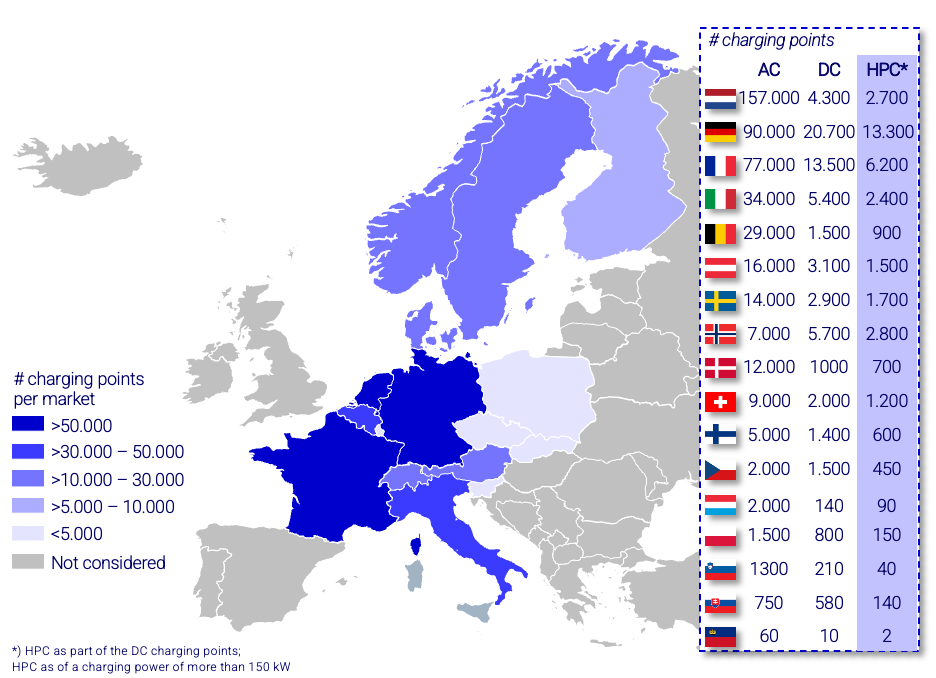
North America
In North America, EV infrastructure is growing but remains unevenly distributed. California leads the U.S. in charging stations, with ongoing federal efforts aimed at expanding networks in underserved areas. Canada is making progress in cities like Toronto and Vancouver, though rural regions still face challenges in charging accessibility.
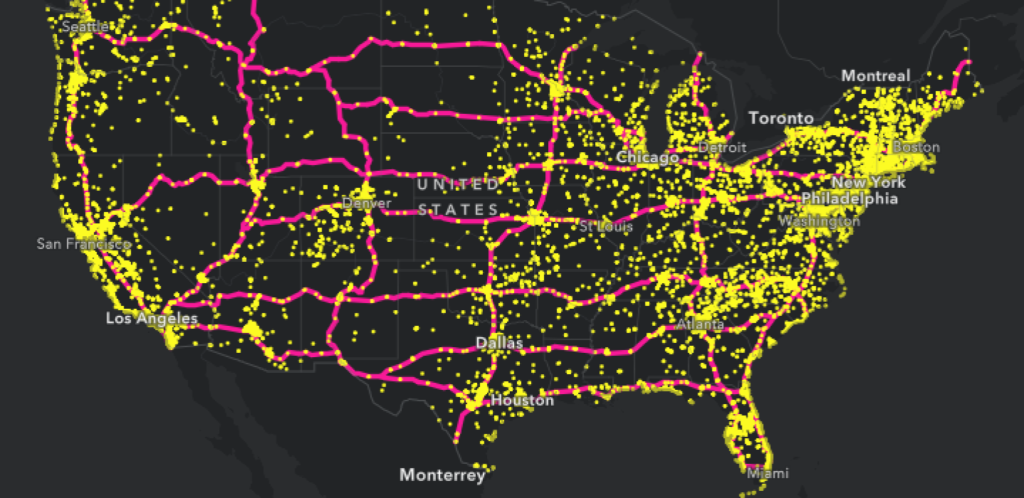

Asia
China is a global leader in EV infrastructure, with over a million charging stations. Japan and South Korea have also developed strong networks, though India and Southeast Asia lag due to high costs and inadequate investment. However, interest in EVs is growing across the region.
Comparing Regional Approaches
Europe’s regulatory-driven approach, North America’s market-based expansion, and China’s state-backed push highlight the diverse strategies for building EV infrastructure. While progress is being made globally, gaps in coverage and charging speeds still need to be addressed for widespread EV adoption.
National and Regional Initiatives
Government policies and incentives are crucial in developing EV charging infrastructure, helping to meet the rising demand for electric vehicles. Many governments offer financial incentives like tax credits, rebates, and grants for installing chargers, while also investing in public charging stations in urban areas and highways.
In the U.S., the Bipartisan Infrastructure Law allocated $7.5 billion to expand the national EV charging network, aiming for 500,000 public chargers by 2030. The European Union’s Green Deal similarly supports an extensive charging network across member states to promote carbon neutrality by 2050.
Norway is a leading example of successful EV infrastructure, with 80% of new car sales being electric in 2022. Its government offers tax breaks and has built a robust network of fast chargers. China, the largest EV market, has deployed over 1.5 million public charging points, especially in major cities, through aggressive policies and public-private partnerships.
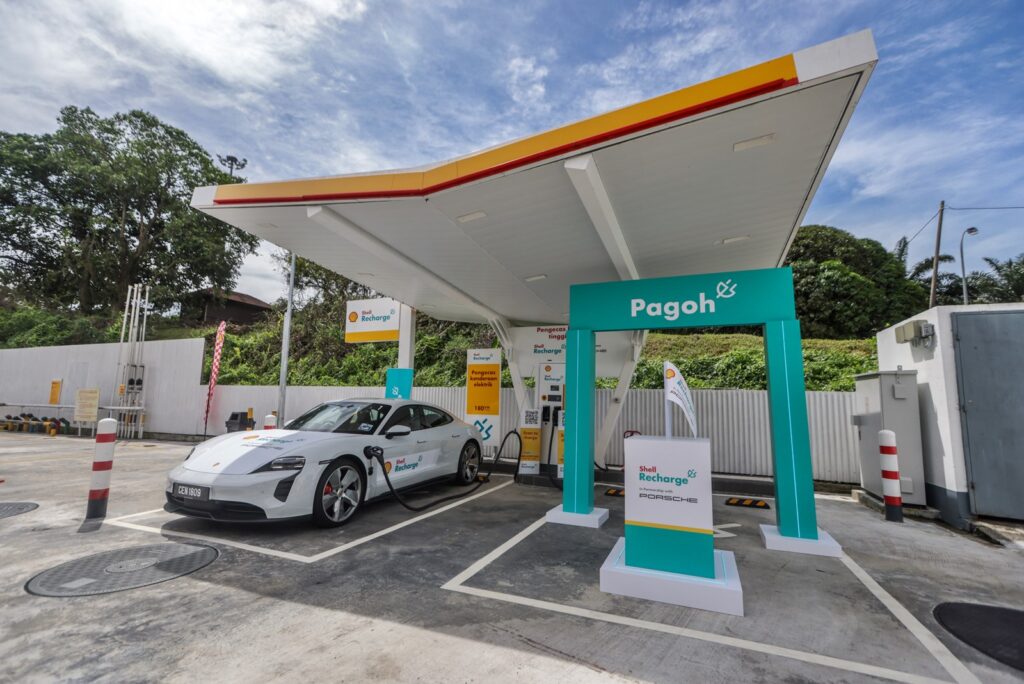
Challenges and Limitations
One of the main challenges facing EV charging infrastructure is range anxiety—the fear that an electric vehicle will run out of power before reaching a charging station. Although the number of charging stations is growing, they are still not as widespread or easily accessible as traditional gas stations, especially in rural areas.
Another issue is the long charging times. Unlike fueling up a gasoline vehicle, which takes only a few minutes, charging an EV can take anywhere from 30 minutes to several hours, depending on the charger type. This can be inconvenient for drivers who need quick turnarounds, particularly on long journeys.
The accessibility of charging stations is also a concern. Many EV owners live in apartment buildings or urban areas without easy access to home charging, making public infrastructure essential. Yet, public stations are often limited in number, leading to long wait times or difficulty finding an available charger.
Finally, the expansion of charging networks is constrained by high costs, regulatory hurdles, and the need for upgrades to the power grid. Building an efficient and expansive charging network requires significant investments in both physical infrastructure and technological innovation, which can slow down the pace of growth.
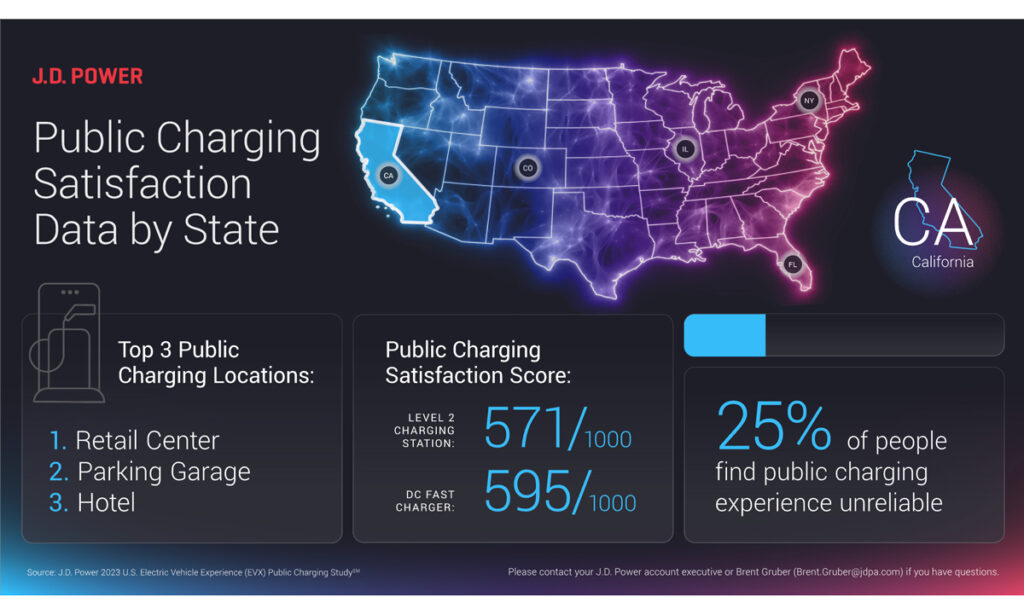
The Future of EV Charging Infrastructure
Technological Advancements
As the demand for electric vehicles grows, so too does the need for advanced charging solutions. Emerging technologies like ultra-fast charging, which can significantly reduce the time it takes to recharge an EV, are poised to revolutionize the charging experience. These high-powered stations, capable of delivering up to 350 kW, could recharge a vehicle in just minutes, making long trips more feasible and convenient.
Wireless charging is another promising innovation. By eliminating the need for physical cables, wireless charging could simplify the process and improve ease of use, especially in urban areas where space is limited. Bidirectional charging, which allows EVs to both receive and supply electricity, offers potential for EVs to act as mobile energy storage units, supporting grid stability and reducing energy costs.
Infrastructure Expansion
The future of EV charging infrastructure hinges on rapid expansion to meet the increasing number of electric vehicles on the road. Developing a dense network of accessible charging stations will be crucial in addressing range anxiety and encouraging widespread EV adoption. We can expect to see more charging stations in urban centers, along highways, and in residential areas to ensure that EV drivers can easily find a charging point wherever they go.
Public-private partnerships will be instrumental in accelerating this expansion. Governments can provide incentives and regulatory frameworks, while private companies can invest in technology and infrastructure development. Together, these collaborations will create a more connected, efficient, and sustainable EV charging network that supports the long-term growth of electric mobility.
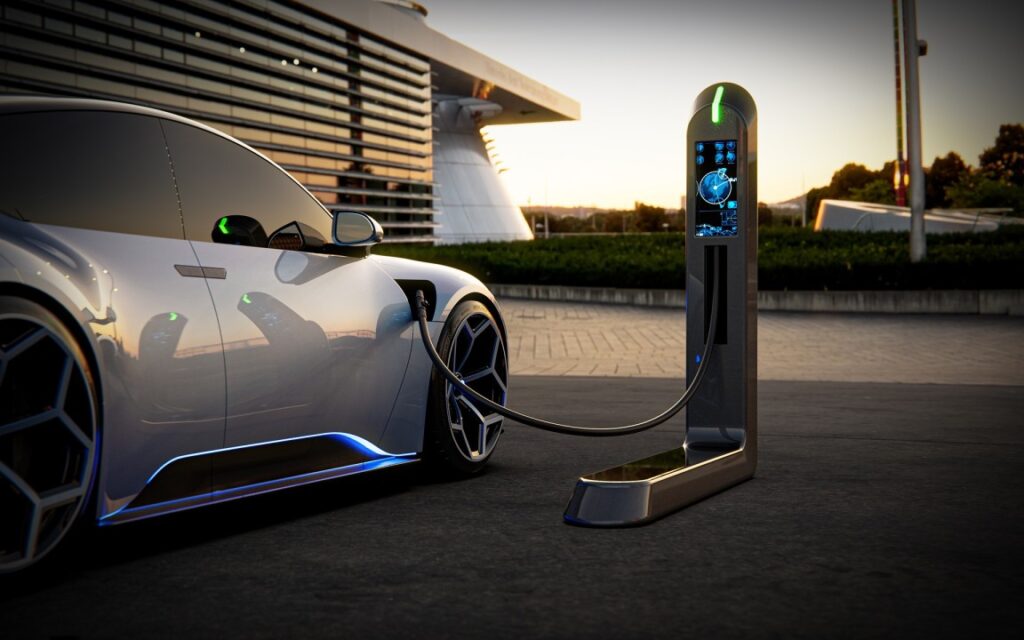
Successful EV Charging Initiatives
One notable example of a successful EV charging project is Muir Commons, a co-housing community that took a proactive approach to sustainable transportation. By utilizing a grant from Pacific Gas and Electric (PG&E), Muir Commons installed 26 EV charging stations, with the grant covering the majority of installation costs. In this model, PG&E retains ownership of the chargers and is responsible for maintaining them over the first decade, ensuring long-term reliability without placing the burden on the community. This initiative highlights a sustainable model where public-private partnerships can address infrastructure costs while ensuring accessible charging options for residents.
The success of this project can be attributed to several key factors: the collaboration between public utilities and private communities, strategic funding to offset upfront expenses, and a clear plan for long-term maintenance. This approach not only made EV adoption easier for residents but also demonstrated how thoughtful planning can lead to scalable, community-driven charging solutions.
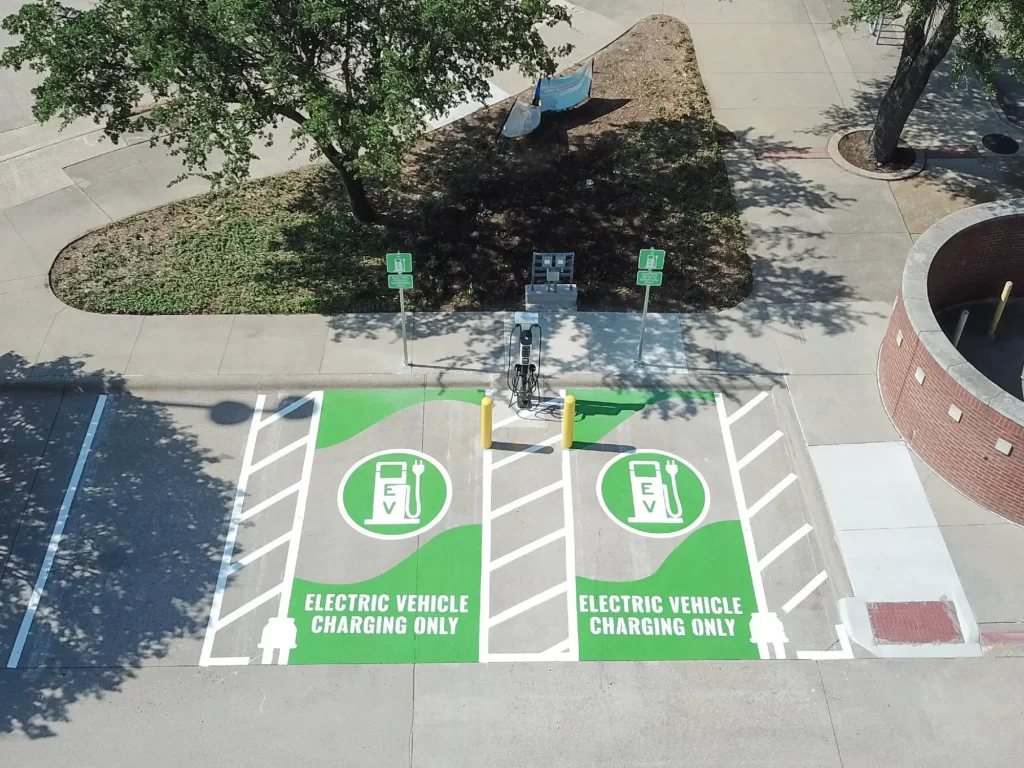
Conclusion
The expansion and development of EV charging infrastructure are critical to realizing a future where electric transportation is the norm. Continued investment in charging networks, both through public funding and private sector collaboration, will be essential to overcoming the current barriers to widespread EV adoption. Projects like Muir Commons show that with the right partnerships and strategic planning, scalable and sustainable solutions are within reach.
Looking ahead, the future of electric transportation depends on creating a seamless, accessible, and efficient charging experience. This will involve not only expanding the number of charging stations but also integrating innovative technologies such as ultra-fast chargers, renewable energy sources, and smart grids. As these advancements take shape, EVs will become increasingly viable for more people, helping to reduce emissions and promote cleaner cities. In this vision, charging infrastructure plays a central role in paving the way for a greener, more sustainable world.
